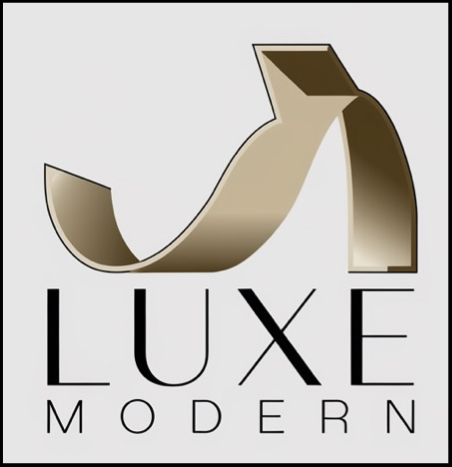Savvy Staged
Date: December 22, 2024
Introduction

Selling a home in today’s competitive real estate market often requires strategic preparation to attract potential buyers and secure the best possible price. One of the most effective strategies employed by sellers and real estate professionals is home staging. This process involves arranging furniture, decor, and other elements to showcase a property’s strengths and minimize its weaknesses. Understanding the costs associated with home staging is crucial for homeowners looking to maximize their return on investment (ROI) when selling their property.
What is Home Staging?
Home staging is the art and science of preparing a residential property for sale in the real estate marketplace. The goal is to make the home appealing to the highest number of potential buyers, thereby selling a property more swiftly and for more money. Staging can range from simple DIY projects to comprehensive makeovers handled by professional staging companies.
Average Costs of Home Staging
The cost of home staging can vary widely based on several factors, including the size of the property, the level of staging required, geographic location, and whether the homeowner opts for professional services or a DIY approach.
- Professional Staging Services:
- Initial Consultation: Typically ranges from $200 to $500. During this phase, a professional stager assesses the property and provides recommendations.
- Monthly Rental Fees: For furnished items such as sofas, tables, and artwork, monthly rentals can cost between $500 and $2,000, depending on the extent of staging needed.
- Full-Service Staging: Comprehensive packages that include furniture rental, decor, and setup can range from $2,000 to $5,000 or more for larger homes.
- One-Time Staging Fees: Some companies offer one-time setup fees, which can range from $1,000 to $3,000.
- DIY Home Staging:
- Furniture and Decor Purchases: Costs can vary based on existing inventory. Budgeting between $500 and $2,000 for new items or rentals is common.
- Painting and Minor Repairs: Allocating $500 to $1,500 for cosmetic updates can enhance a property’s appeal.
- Lighting and Accessories: Investing around $200 to $800 in lighting fixtures, artwork, and accessories can make significant visual improvements.
Factors Influencing Staging Costs
- Property Size and Layout:
- Larger homes or those with unconventional layouts may require more furniture and decor, increasing costs.
- Extent of Staging:
- Partial Staging: Focusing on key areas like the living room and master bedroom can be more affordable.
- Full Staging: Covering every room, including outdoor spaces, naturally incurs higher expenses.
- Geographic Location:
- Staging costs can vary based on the local real estate market and the availability of staging professionals. Urban areas with higher living costs typically see higher staging fees.
- Quality of Furnishings:
- High-end furniture and decor items elevate the visual appeal but come at a premium price.
- Duration of Staging:
- Longer staging periods, often necessary in slower markets, can lead to increased rental fees for furniture and decor.
Benefits of Home Staging
Investing in home staging can offer significant returns by enhancing the property’s marketability:
- Faster Sale:
- Staged homes typically spend less time on the market, reducing holding costs such as mortgage payments and utilities.
- Higher Selling Price:
- Well-presented homes often attract higher offers, offsetting the initial staging investment.
- Broader Buyer Appeal:
- Staging helps potential buyers envision themselves living in the space, making the property more attractive to a wider audience.
- Competitive Edge:
- In a crowded market, staging can differentiate a property from similar listings, making it stand out to buyers and agents alike.
Return on Investment (ROI)
While the upfront costs of staging can be significant, the potential ROI makes it a worthwhile consideration:
- Average ROI: Studies have shown that home staging can yield an ROI of approximately 5-10%, depending on the market and execution.
- Break-Even Point: In many cases, the increased sale price and reduced time on market can cover the staging costs multiple times over.
Tips for Cost-Effective Staging
- Prioritize Key Rooms:
- Focus on staging the living room, master bedroom, and kitchen, as these areas have the most impact on buyers.
- Use Neutral Colors:
- Neutral palettes appeal to a broader audience and make it easier for buyers to imagine their own decor in the space.
- Declutter and Depersonalize:
- Removing personal items and excess clutter allows buyers to focus on the property’s features.
- Enhance Curb Appeal:
- First impressions matter. Invest in landscaping, clean exterior surfaces, and add welcoming touches like a fresh doormat.
- Leverage Natural Light:
- Ensure windows are clean and curtains are open to maximize natural light, making spaces feel larger and more inviting.
- DIY Decor Updates:
- Small changes, such as new throw pillows, artwork, or lighting fixtures, can make a significant difference without breaking the bank.
Conclusion
Home staging is a strategic investment that can significantly impact the success of a home sale. While costs can vary based on numerous factors, the potential benefits in terms of a faster sale and higher selling price often justify the expense. Homeowners should carefully consider their budget, the specific needs of their property, and the local real estate market when deciding on the extent of staging required. Whether opting for professional services or embarking on a DIY approach, thoughtful staging can transform a property into a desirable home for prospective buyers.

Leave a Reply